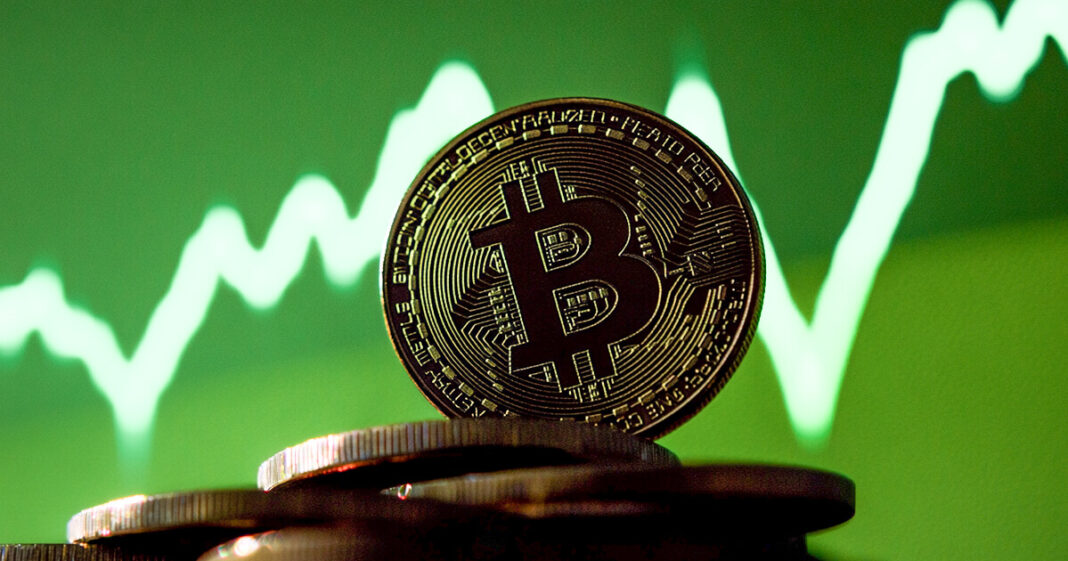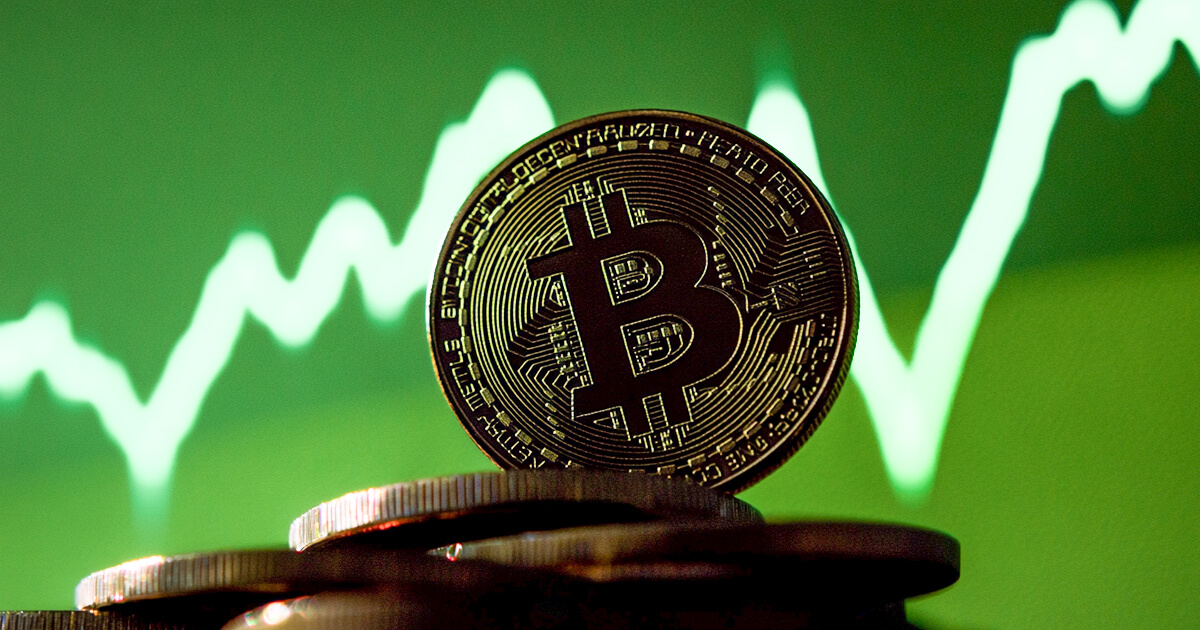Bitcoin price dipped to a daily low of $62,586 after briefly touching the $64,000 mark for the first time this month.
According to CryptoSlate data, the flagship digital asset has since recovered the dip and was trading at $63,127 as of press time.
Nevertheless, the current price reflects a notable recovery from its dip to under $53,000 earlier this month. As of Sept. 20, Bitcoin was up 7.5% over the past week and 3.21% over the past 30 days.
Inflows hit $150 million
Bitcoin’s positive price movement coincides with a significant inflow into spot Bitcoin exchange-traded funds (ETFs).
According to Farside Investors data, Bitcoin ETFs recorded a $158.3 million inflow on Sept. 19, marking a sharp reversal from the $52.7 million outflow recorded on the previous day.
The Ark 21Shares Bitcoin ETF (ARKB) and Fidelity Wise Origin Bitcoin Fund (FBTC) led the inflow. ARKB saw $81.1 million in inflows, followed by $49.9 million for Fidelity’s FBTC. Bitwise’s BITB ETF reported $10.4 million in inflows, while Grayscale’s BTC Mini-Trust and Franklin Templeton’s EZBC received $9.5 million and $7.4 million, respectively.
Notably, BlackRock’s IBIT had its third consecutive day of zero flows.
Meanwhile, Grayscale’s flagship Bitcoin product has seen a reduction in outflows. In recent weeks, outflows slowed to around $4.6 million on Sept. 13, with minimal activity since. Grayscale’s BTC Mini-Trust, which offers lower fees, appears to mitigate further outflows from the product.
Bloomberg Senior ETF Analyst Eric Balchunas highlighted the significance of the recent inflows, noting that Bitcoin ETFs have set a new high of $17.7 billion year-to-date.
Furthermore, Balchunas compared Bitcoin ETFs to gold ETFs, pointing out that gold ETFs account for 1% of the total gold market cap. In contrast, Bitcoin ETFs already make up 5% of Bitcoin’s total market cap despite existing for only nine months, compared to 22 years for gold ETFs.
He added:
“Even if we just use net flows: $17.7 billion is like 1.5% of BTC cap. [It is] so ahead of gold ETF impact (and those assets include a lot of price appreciation) in 9 months flat.”


